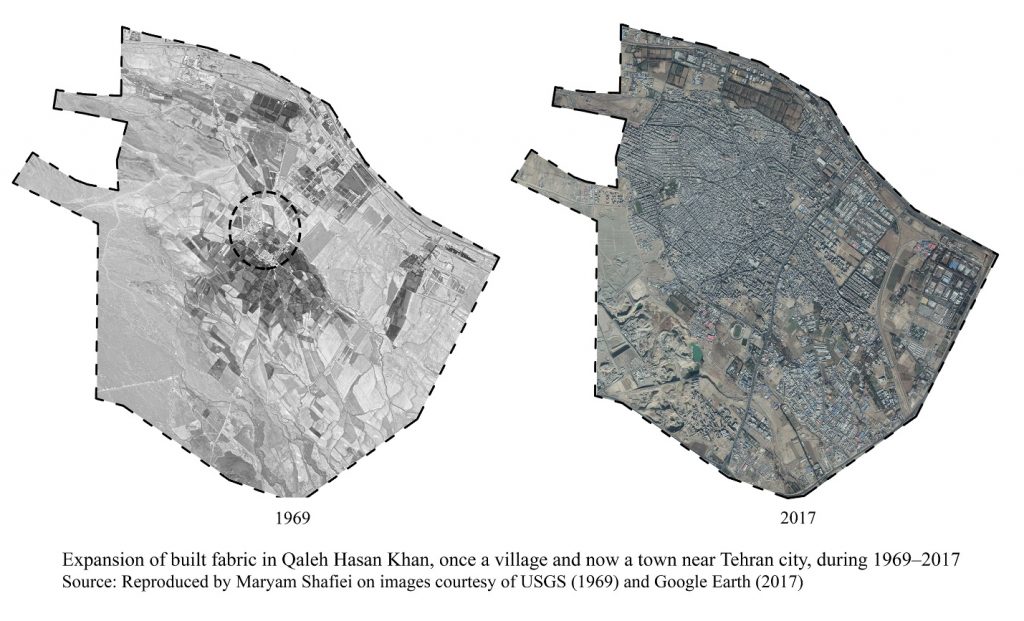Cooperative House-Building Practices in the Aftermath of WWII

Maryam Shafiei (University of Queensland – Australia) Agencies of Individuals in Changing Settlement’s Morphology: Small-Scale Cooperative Housing in Rural/Urban Settlements of Tehran
While the literature has commonly attributed the shifts in rural/urban morphology to the top-down policy changes, this paper shows the bottom-up process and ‘individual’ have also made significant impact on changing the settlement’s morphology particularly in developing countries. As an example, reconfiguration, expansion and densification of settlements in the Tehran region after the World War II have been materialized not just through development of new infrastructure and government-led construction of social and institutional housing, but also through various kinds of private and cooperative housing constructions by individuals.
Informed by examples from direct observation of several settlements in the Tehran region, this paper highlights how these individuals, namely building developers, landowners, real-estate agents, and prospective buyers with entrepreneurial and socio-cultural motives, have contributed to rapid changes in the settlement patterns of Tehran city since the 1960s. It then provides evidence that this small-scale collaborative construction has not remained an urban phenomenon as it has expanded to the adjacent villages especially in 1970s-90s and then into remote villages. Predicted to continue to the coming years, the paper urges for better understanding this phenomenon and configuration of non-professional architecture and small-scale practices that have shaped the image of the cities and villages across Tehran.
November 17, 2021 – 1 pm CET (Link)

